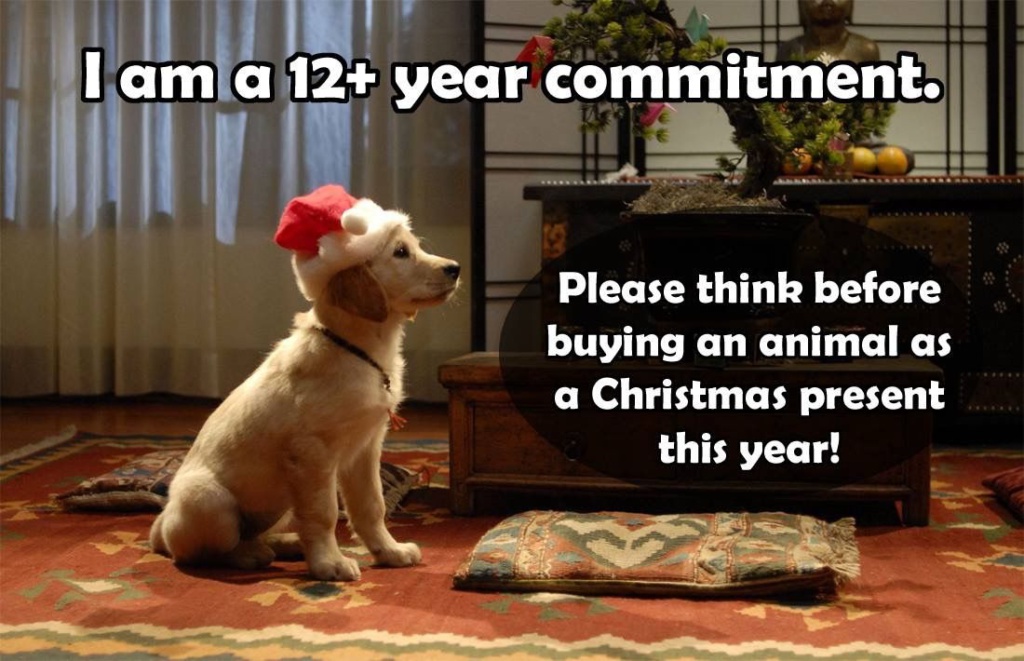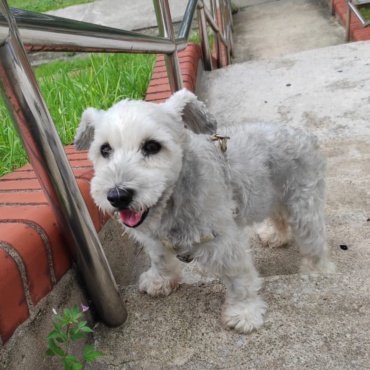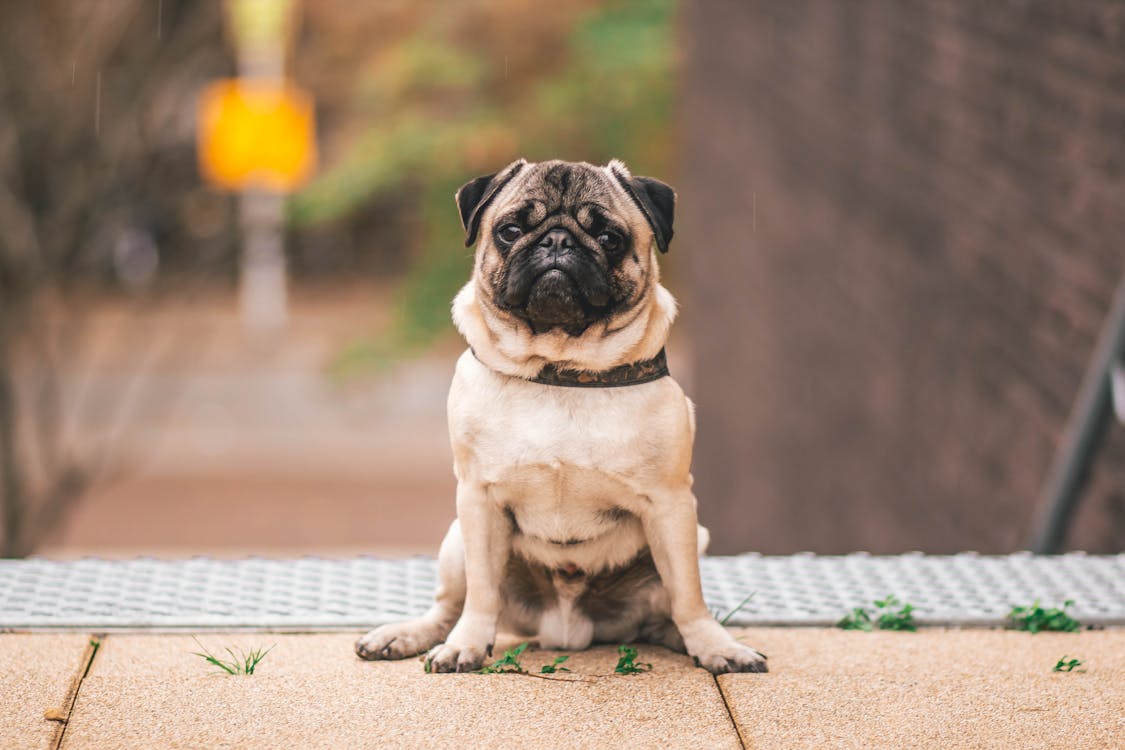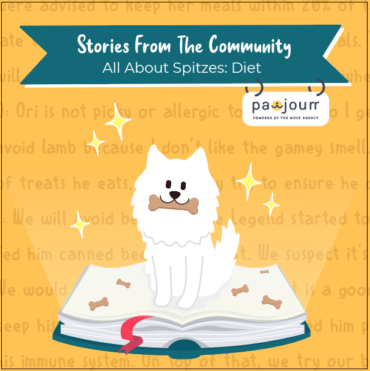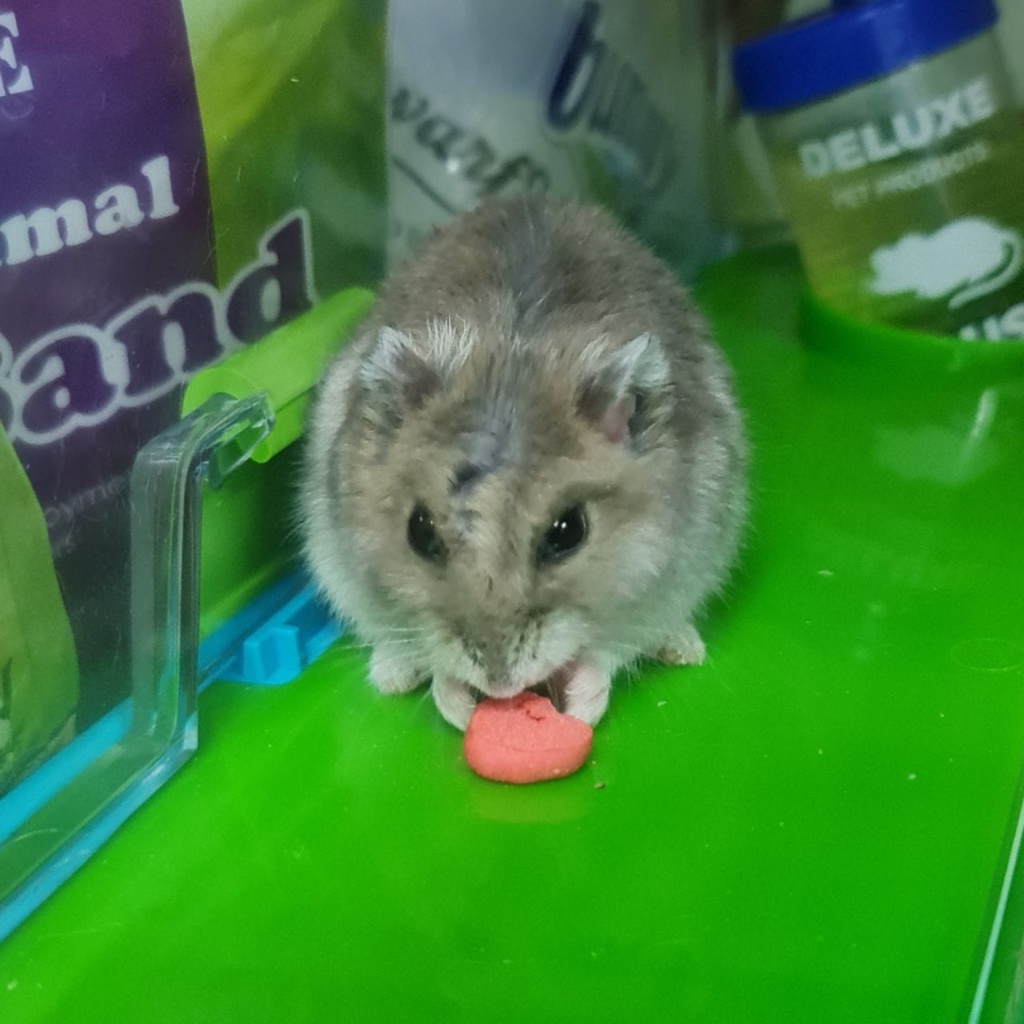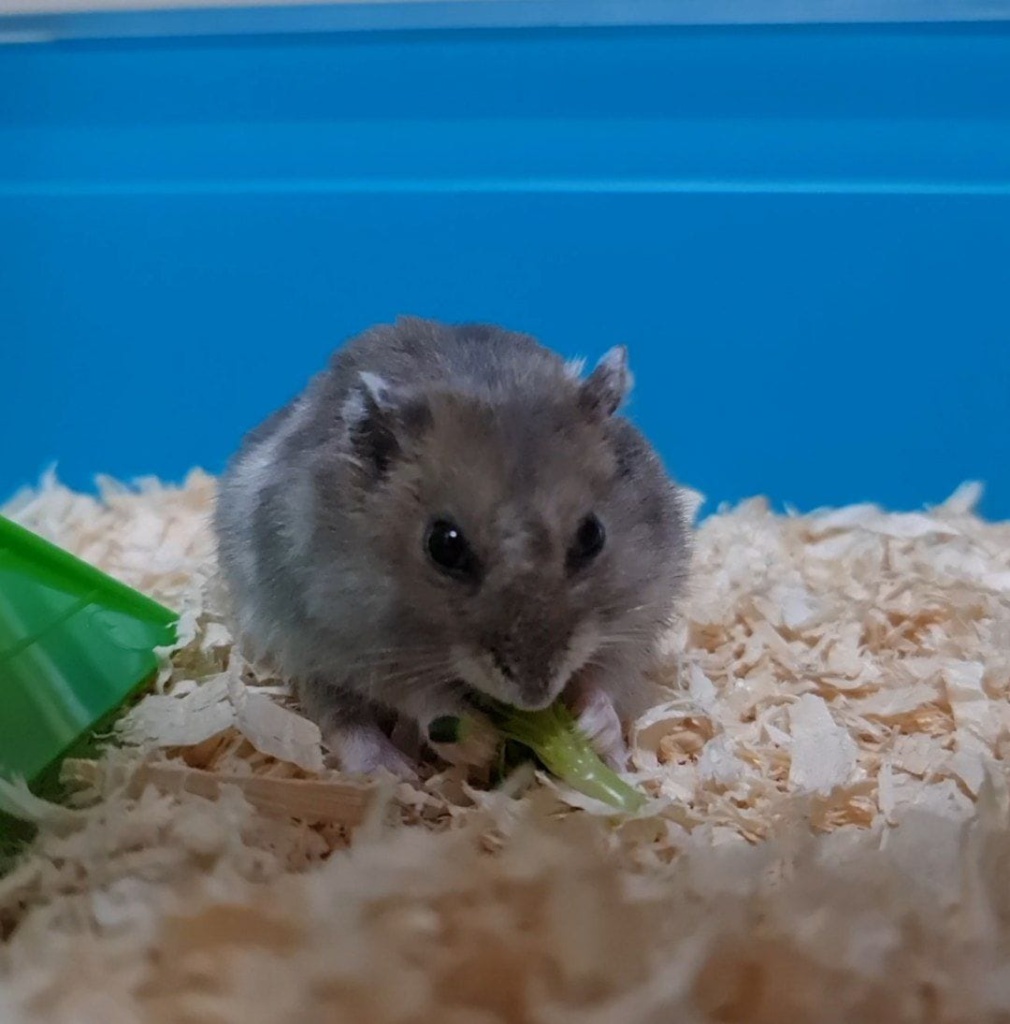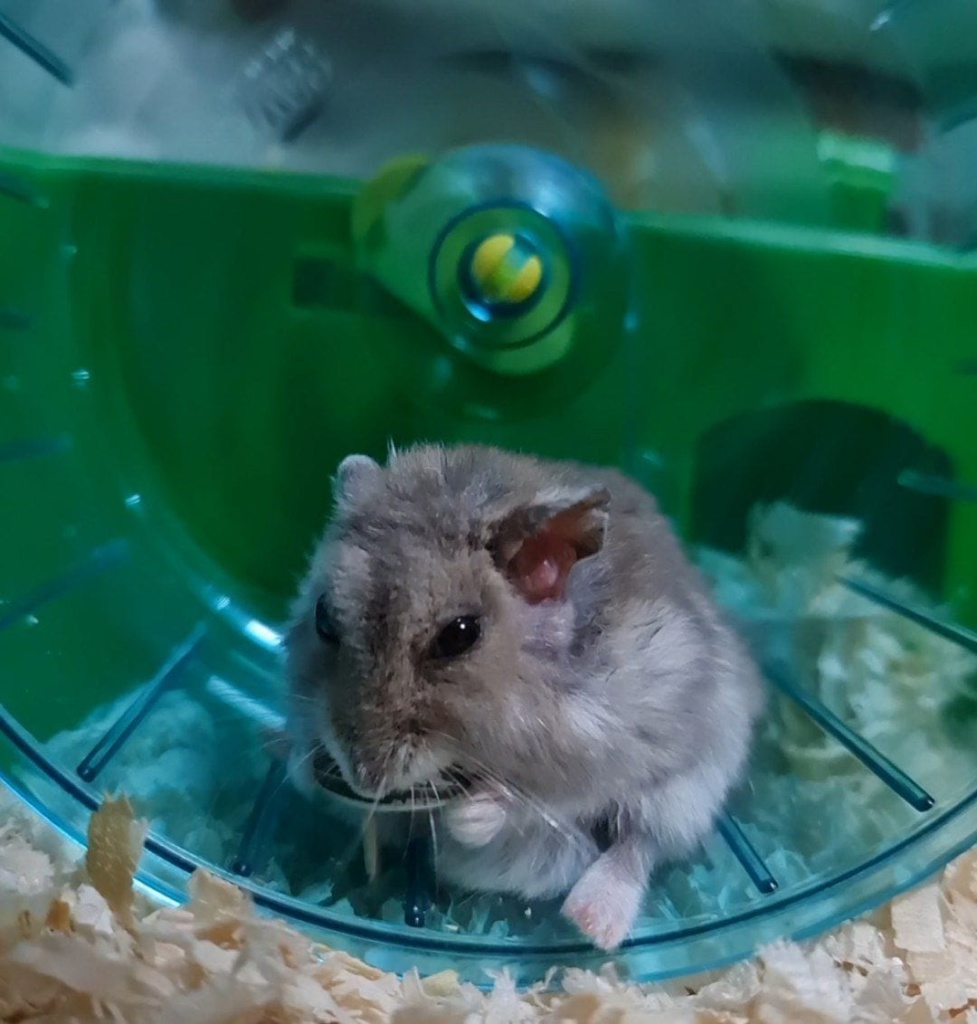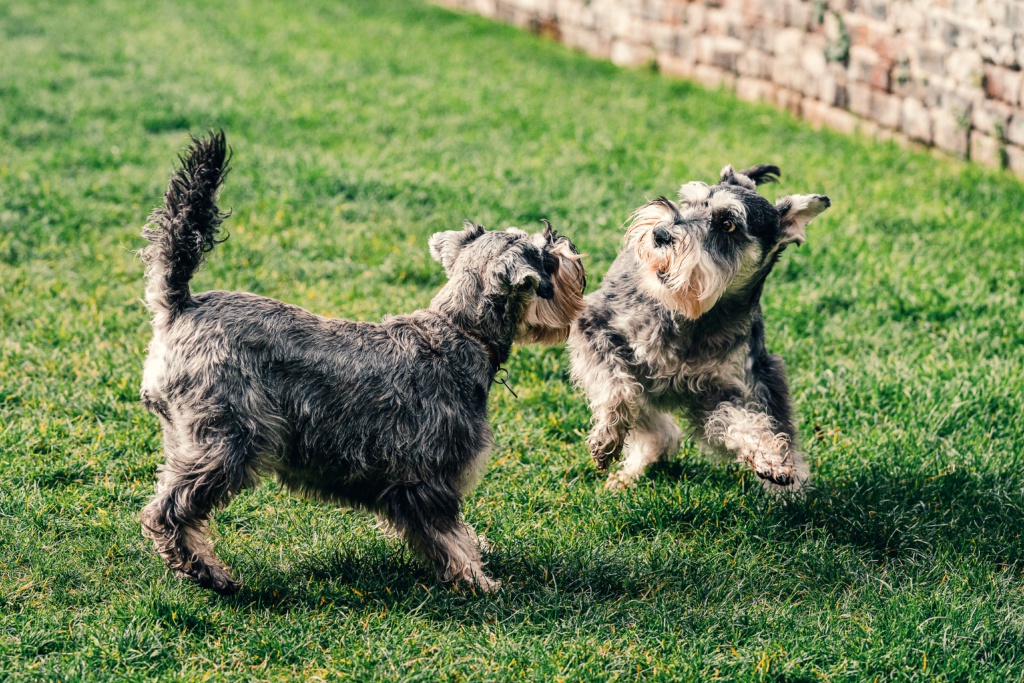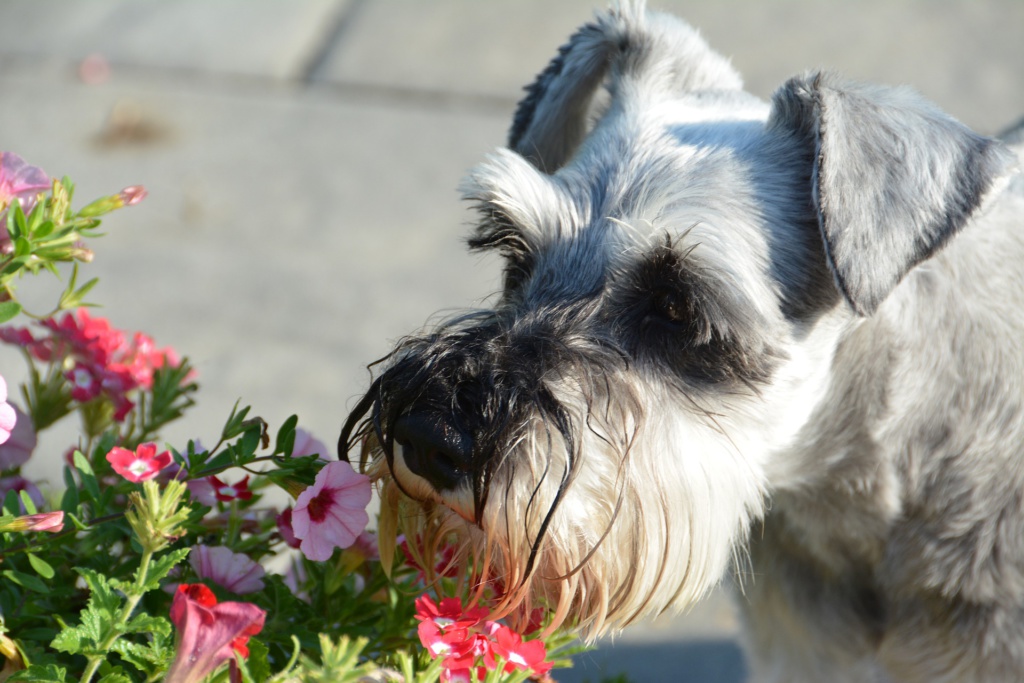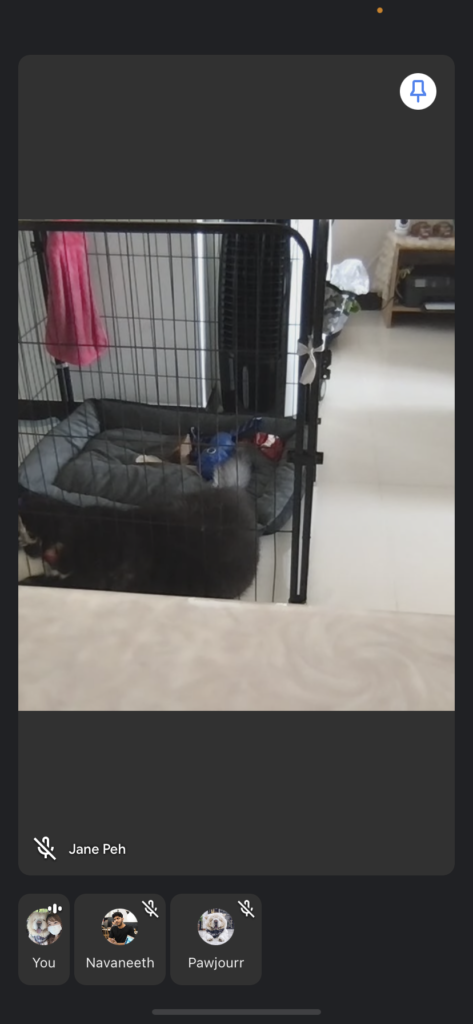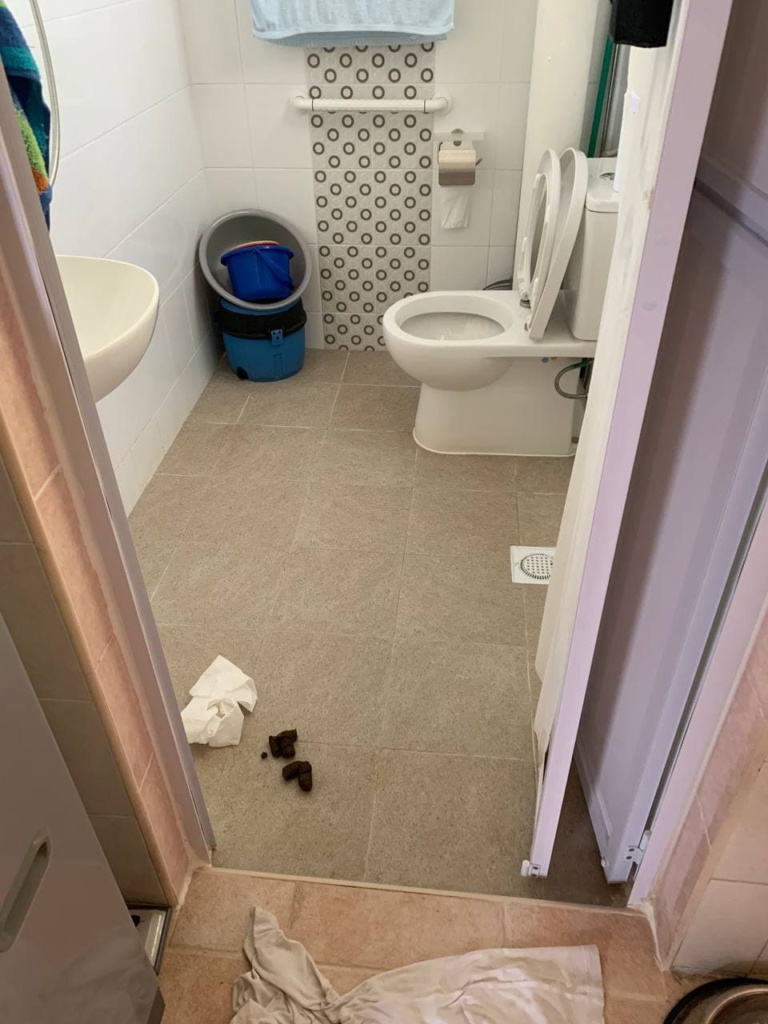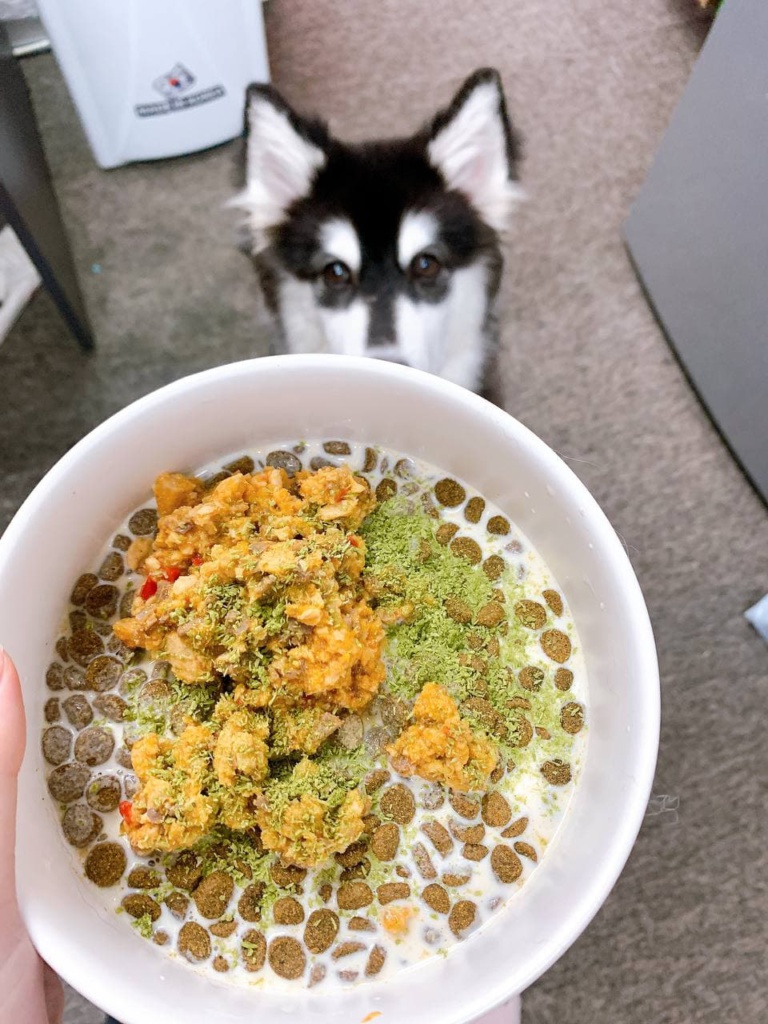3 months ago, we made the decision to get Oolong thinking that we are prepared mentally and financially to be pet owners (whilst running a start-up). ☺
Rather than being informative, this is more of a #thoughtcatalogue kind of article.
?: “Can we get a dog, please?”
?: “No dogs! I’m busy enough taking care of you and cleaning the house. A dog is going to make it worst. You want your mother to die is it”
Does this sound familiar to you? #AsianMums

I’ve always wanted a dog since young. I could never understand why my mum refused to let me own a dog even though she say that she is a “dog lover”. Now that I’m a dog owner, i kinda understand where she is coming from. Owning a pet is a huge commitment — and at that point she was right that we weren’t ready for that sorta commitment.
There are lots of sacrifices you have to made — mainly changing your lifestyle depending on the breed you got. This is why it is so important to get a dog that aligns with your lifestyle vs. getting something that is “popular” or “cute”.
Getting Oolong, the Siberian Husky
When we got Oolong, we thought we were ready (mentally & financially). We had all the boxes ticked — we are 28 years old and our house is arriving soon. We run a start-up so we can bring Oolong to the office every day; we are not exactly rich but yes, we can definitely afford a dog with our combined income.
Yes, granted that we were still staying at our parent’s house but we are moving out soon. We also had “the chat” to make sure they are okay with a new dog around the house (at least for the next 6 months max).
What could possibly go wrong?
We overestimated our financials. Theoretically, we are already spending $1,000 on taxi fare since we often work till 3-4am in the office (so cannot wake up in the morning, and no more train/buses after midnight).
We use telegram hitch a lot to get private hires, but we aren’t always that lucky. Grabpet would mean $50/day (to & fro) and that’s on top of his medical bills, food expenses and grooming.
Oolong was proving to be expensive. Eventually, we decided to keep him at home and only bring him to the office 2-3x a week — it would make a lot more sense financially and my husband’s parents were okay.

All good, till last month.
Oolong started getting jumpy and pushing boundaries with my PIL when we are not at home — jumping on guests, chewing on shoes/decor items, mouthing, etc. My PIL doesn’t know how to discipline a growing puppy — on top of that, having a dog around the house can also mean a “messier” house.
They had to make a few shifts around – meeting their friends outside of the home, cleaning up after him (he loves to stick his tongue out on the floor) and eventually, the pressure got to them. I understand — having a pet around (especially a puppy) wears you down. They were also scared of Oolong as he is growing exceptionally fast / big for a 5 months old puppy.
They started having 2nd thoughts and decided that they aren’t comfortable having him in the house whilst we were at the office.

Everything started to derail
Our initial plan was to do alternate weeks at my house and my husband’s house — but my mum backed out when she saw the “mess” and how dirty the house was after the first 2 weeks.
It’s not my house. It’s not their dog. I started getting really stressed because i needed to make sure Oolong wasn’t being naughty.
I cannot stress enough how important it is that when you welcome a dog into your family, your entire household needs to be EXCITED and AGREES to the plan.
Key takeaway
Lucky for us, we have our own office and we can bring him here everyday. That solves bulk of the problem — and we also got a long-term hitch driver to drive the cost down on transportation.
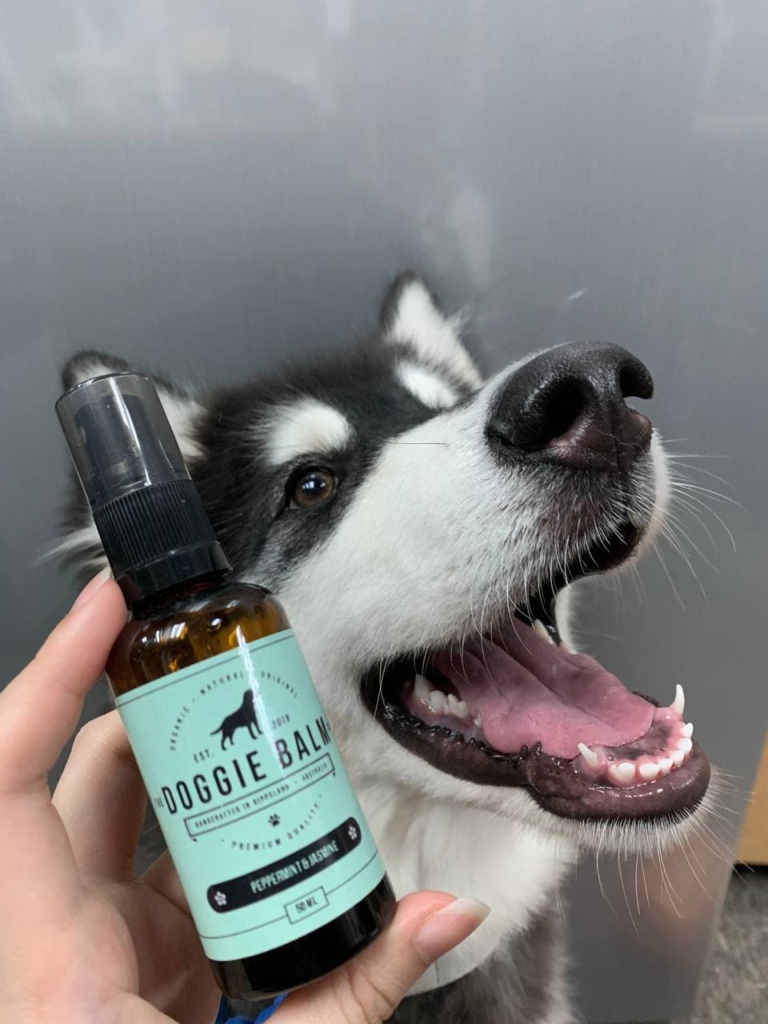
We were (kinda) lucky.
But what if you are working a 9-5 job and your office is not pet-friendly? What are you going to do?
Are you going to give up your dog?
Are you going to return home to angry parents?
Key takeaway
I’m slightly embarrassed that this seems to be a useless article HAHA but i think the point here is that with COVID, i’m seeing a huge trend of people owning a pet (adopt/buy). I’m happy to see more pet owners around because i believe that this helps to push the country in a progressive way (more pet owners, more demand, increase supply for pet-friendly related F&Bs, malls etc)
BUT
- If you are still living with your parents and works/study, MAKE SURE that you have 100% buy-in from the other household members. If they are hesitant, DON’T. It’s going to be painful.
- No, owning a pet is not just “it’s going to pass”. It’s a daily thing. It’s a 365 thing. It gets easier after puppyhood but they won’t magically be independent like your 12 years old sister. Throw them a phone and they will be fine. They going to get sick, bored, naughty and you are responsible for that. You CONTROL their life. It’s on you.
